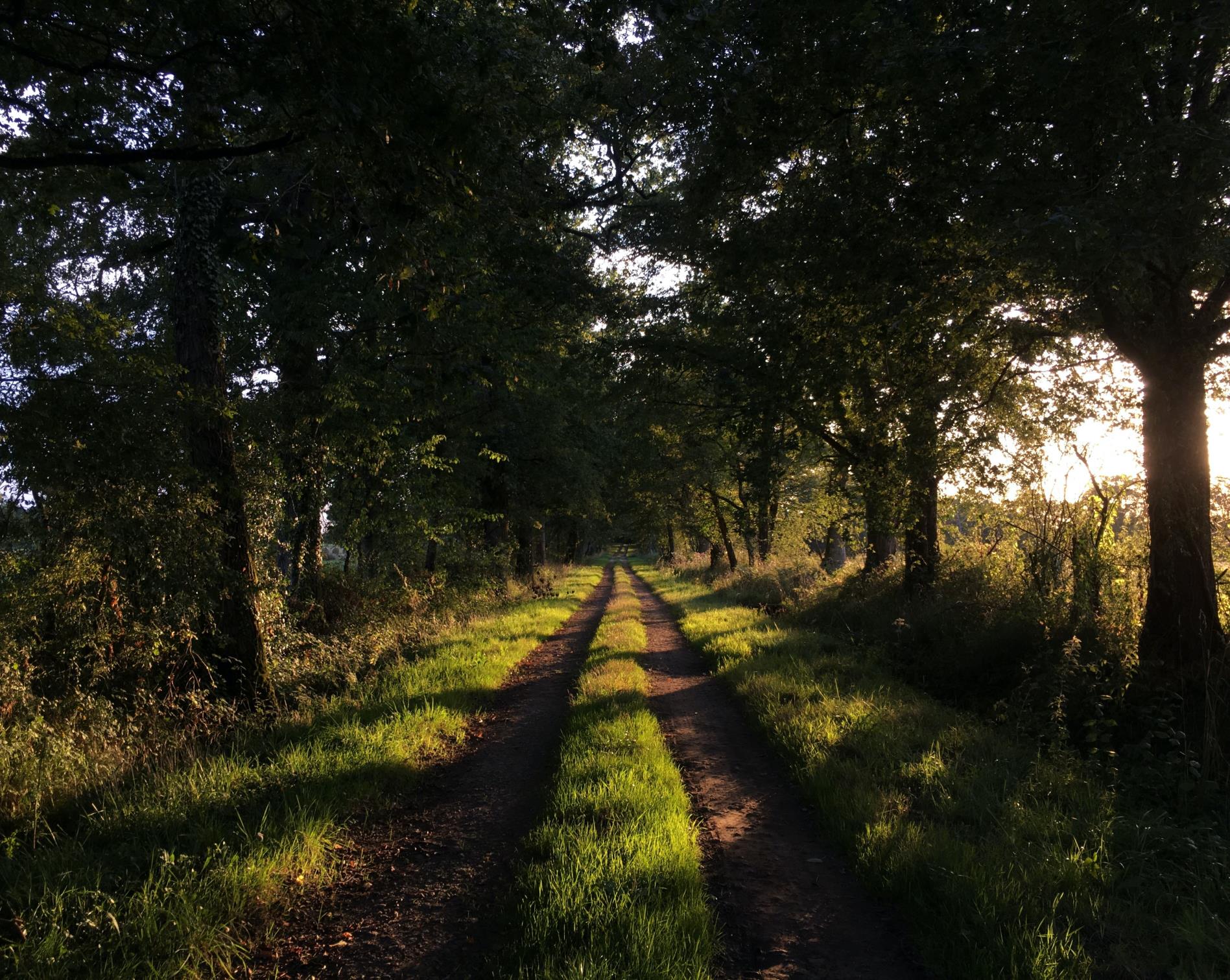| # | Our rating | Surface Type | Pros | Cons | When to use |
| 1 | Awesome | Controlled Grass | - Low impact running
- Usually consistent surface
- Use of some stabilizer muscles
| - Some unpredictability of surface conditions
| - Great for Speed work
- Great for plyometrics
- Good for just about any kind of run
- Golf course
|
| 2 | Awesome | Dirt Trails | - Lower impact running
- Environment usually nicer on the eyes
- Found in many places
- Use of stabilizer muscles
| - Have to watch for obstacles – some risk of injury
| - Good for easy to tempo type runs (if safe)
- Hilly courses great for strength
- When you need to shake it up
|
| 3 | Awesome | Track | - Very Consistent surface
- Surface usually softer, lower impact
- Accurately measured
| - Very short distance, so monotonous for longer distances
- Can be high people traffic at times
| - Ideal for Speed work
- Good for any type of training except hills, but may not be most exciting
- Switch it up, alternate directions
|
| 4 | Awesome | Gravel | - Generally lower impact than some other options
- Environment often nicer on the eyes
- Use some stabilizer muscles
| - Consistency of surface can be unpredictable (e.g. soft in areas, missing gravel)
| - Good option most times
- Good for most types of training
|
| 5 | Great | Asphalt | - Generally softer than concrete surfaces
- Found in many places
- Relatively consistent surface
- Simulates many races
| - Can feel hotter than other surfaces
- May contain cracks/holes
| - Good option most times
- May want to avoid on really hot days
- Good for any type of training (as long as careful)
|
| 6 | Great | Sand | - Low impact running
- Adds significant resistance in dryer sand, some resistance in wetter sand
- Environment generally nicer on the eyes
- Use of stabilizer muscles
| - Not ideal for easy workouts
- In areas where high winds prevalent
| - Use for runs where you need a little more resistance work plus low resistance
|
| 7 | Good | Treadmill | - Running at any time, any weather, safer
- Convenience, easy planning
- Has functions like incline
- May have easier impact than other surfaces
| - Less like race conditions
- Less pleasing to the eye (boring)
- Costly
- Potential to take a bad step
| - Use when other methods not safe
- Use when is last option
- Easy up to Tempo runs
|
| 8 | Ok | Rough grass | - Adds some resistance
- Lower impact
- Environment generally nicer on the eyes
| - Obstacles such as holes make it unpredictable
- Tripping hazzard/injury risk
| - Use when need lower impact and don’t have better option
- Best to restrict to Easy runs
|
| 9 | Ok | Concrete | - Found in many places (sidewalks/roads)
- Relatively consistent surface
- Emulates many races
| - Harder surface, higher impact
- May contain cracks/holes
| - May not have a choice
- Ok for any type of training (as long as careful)
|
| 10 | Risky | Mud | - Specificity to some events
- Adds some resistance
- Use of stabilizer muscles
| - Risk of fall/injury
- Damage to gear
- Not a lot of benefit
| - Training for race where will likely have lots of mud
- Easy Runs only
|
| 11 | Risky | Snow | - Specificity to some events
- Adds some resistance
- Use of stabilizer muscles
| - Risk of fall/injury (ice risk)
- Damage to gear
- Risk to safety
- Not a lot of benefit
| - Training for race where likely lots of snow
- Easy Runs only
- Use as last resort (be smart)
|

